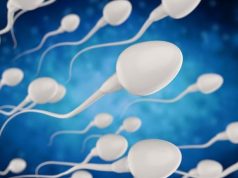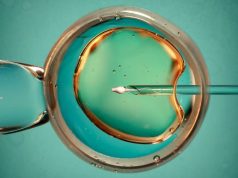Patent bilateral normal fallopian tubes achieved in 86.6 and 80.7 percent of patients with primary and secondary infertility, respectively
THURSDAY, June 9, 2022 (HealthDay News) — Diagnostic selective salpingography followed by fallopian tube recanalization may be a treatment option for some women with infertility, according to a study presented at the annual meeting of the Society of Interventional Radiology, held from June 11 to 16 in Boston.
Lindsay Machan, M.D., from the University of British Columbia in Vancouver, Canada, and colleagues reviewed radiographic images of all women referred for selective salpingography between June 1, 2015, and June 1, 2021, where a prior hysterosalpingogram (HSG) had demonstrated nonfilling of one or both fallopian tubes. If appropriate, fallopian tube recanalization was attempted. Data were included for 956 referred patients; prior HSG results were unavailable for five.
The researchers found that technical success was 96.2 percent; failure to cannulate either tube occurred in two patients (0.2 percent) and failure to cannulate one tube occurred in 27 patients (2.8 percent). In eight patients (0.8 percent), recanalization was not attempted. Ten tubal perforations occurred (0.01 percent); none had clinical manifestation. Of the 441 patients with identified primary infertility, 86.6 percent left the department with patent bilateral normal tubes; this also occurred in 80.7 percent of the 394 patients with secondary infertility.
“This procedure and treatment can help women make an informed decision about infertility treatments,” Machan said in a statement. “And for many, it can actually give them the chance to conceive naturally.”
Copyright © 2022 HealthDay. All rights reserved.








